Modeling of physical processes in the development of electronics: why and for what?

The development of cases for electronics is one of our favorite topics on Habré. We have already talked about the role of industrial design , the development of design and production of prototypes , but so far did not touch on one of the most interesting and important topics - tests of designed devices, both virtual and real.
Will the body withstand a blow in three planes? Deformed at extreme temperatures? Is the internal electronics cooling system well thought out? There are two ways to answer these questions. First: to test the finished device (prototype) in real life and send it back for revision based on the results. The second is to conduct a virtual modeling of physical processes and correct problem areas at the design stage. It is much faster and more efficient, so you can get working prototypes already at the first iteration. Let's look at both options on real projects ...
1. Check the reliability of mounting the case
Let's start with the device for sending the SOS signal, which is built into the car. Under the terms of the technical specification, it should be fastened with latches; it is forbidden to use screws.

Fig. 1. SOS-device in the car (front side)
')
In the development process, it was decided to simulate a vehicle collision with an obstacle. The goal is to keep the device working after an accident, and to protect passengers (after all, they don’t want to get hurt because the device jumped out of the mount).
This is how the device looks from the inside of the auto dashboard:

Fig. 2. SOS housing (inner side)
What happens in a collision? A rather powerful mount is used, look at the latches. Do I need to simulate?
It was decided to make the calculation in 2 stages to take into account the clamping force of the latches:
- Insert the device into the panel in the car.
- Clash.
The two animated illustrations below show the snapping-in process from different angles. In life it will be a little different, but when modeling it is desirable to simplify the task as much as possible within reasonable limits. The main thing is to take into account the preload latch.
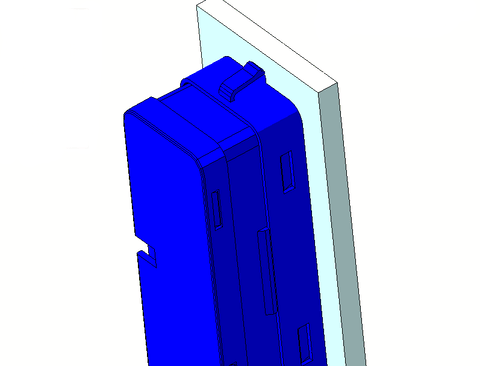
Figure 3. Modeling the snapping process (outside)
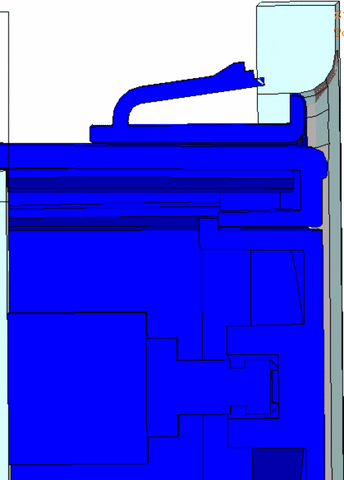
Figure 4. Modeling the snapping process (in section)
From the animation you can see that the latch first passes through the part. This trick can and should even be done while simplifying the task. In our calculation, contact details were included later.
Next - modeling the process of a car colliding with an obstacle, taking into account the preload of the latches, i.e. our first calculation is transferred to the second:
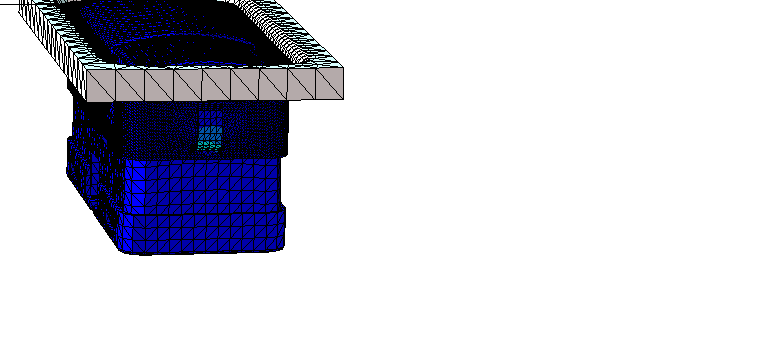
Fig. 5. Departure of the device from the dashboard as a result of an accident
After such results, you already look at the product with a completely different look. Notice which lever is formed in the design.
On this project, everything was ready for the production of prototypes. Deadlines were running out. No one expected such results. Following the results of the simulation, we stopped the production of prototypes on time. On one iteration it became less, money of the customer is saved.
We made changes to the design, as a result of which the launch of the device became significantly less due to the selection of new components on the board. The mounting of the lower part of the device was also corrected.
Another example of modeling on this project is the calculation of plastic casting defects (injection molding). They made it possible to select the optimum materials and make the parts more technological. As a result, a report was obtained on the possible sink marks when the product was launched into mass production. Also calculated on the residual stresses in the casting.
Such defects most often occur due to uneven cooling of the casting, and depend on the material of the product. In the future, they can lead to cracks and complete destruction of the hull. You could encounter such a phenomenon if you watched a plastic product begin to crack after a certain time.
2. Plastic cases: casting defects
And now let's move on to the next project. Below is a photograph of an element of a plastic case, which is produced serially.

Fig. 6
And these are the results of modeling its casting (there are no problems on the front side of the product):

Fig. 7
Most likely, you have already seen such defects on plastic. In this case, it is located only on the inside, but the customer must still be aware of these defects. You probably noticed that well-known brands do not allow similar problems in their products.
As you can see, the simulation results do not completely coincide with reality, but the overall picture is still similar. In mass production, one casting may be different from another, this is normal.
Some products may be defective due to the manufacturer’s fault. With the help of the CAE system, recommendations can be made to the manufacturer and thus reduce the number of iterations on his part. That's exactly what we did in this project, as a result, the problem was solved in a short time. And the product began to be mass-produced without visible defects, not only from the outside, but from the inside too.
One more example. The image below shows the animation of the product fill. The calculation took into account the gating system, the cooling system of the mold, and the mold itself:

Fig. eight
The casting defect is highlighted in red:

Fig. 9
This defect is clearly visible in the photo:

Fig. ten
3. Crash tests of electronics
Strength tests - a popular topic in the reviews of tablets and smartphones. Often on the forums they discuss whether the device will work after an accidental fall.
We also conduct such tests in the development of consumer electronics. Take for example the Bluetooth gateway:
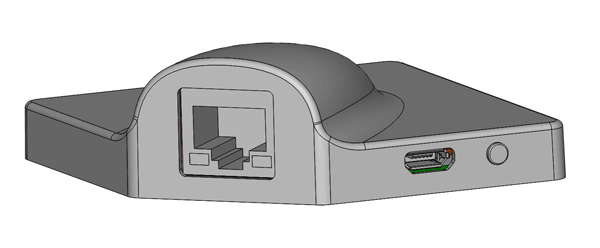
Fig. eleven
When falling from a height of 1.2 meters, the device must be in its original state, it was one of the customer's requirements. In the technical task were noted possible problem areas in which the device could break. We carried out 7 calculations and obtained positive results. The figure below shows one of the calculation results:
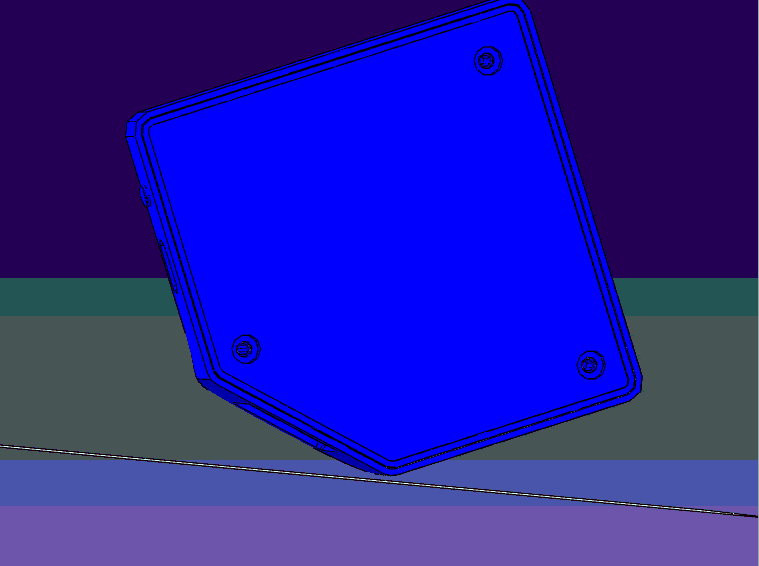
Fig. 12
After making the prototypes, we once again tested, this time - the fall of the device in real life. The results are positive again.
It should be borne in mind that milled prototypes are slightly different in physical characteristics from serial cases, which are produced by the casting method - with milling, residual stresses remain in the product. However, in this case it is better to make tests.
After analyzing the obtained prototypes, it was decided to slightly strengthen the body, adding edges to the design. After simulating the effect of pressing a finger on the case, the rigidity of the device should have increased by approximately 30 percent:

Fig. 13
The second stage was the order of new prototypes.
After the drop test, the device, however, began to break, which no one expected:

Fig. 14
Such is the valuable experience. It is good that the case has not yet been put into mass production.
It was decided to re-simulate and compare the results with practice. And indeed, the program showed this new problem area:

Fig. 15
It was decided to remove the individual edges. After the next simulation, positive results were obtained.
Conclusion - in case of any change in the design, it is necessary to do repeated calculations, and computer modeling of physical processes helps save time and money when developing electronics. It is better to check the strength of the body in the systems of engineering analysis, and not in real life.
[?!] Questions and comments are welcome. They will be answered by our design engineer Maxim Kendys, an expert in modeling plastic and metal products in engineering analysis systems (CAE).
Source: https://habr.com/ru/post/248013/
All Articles